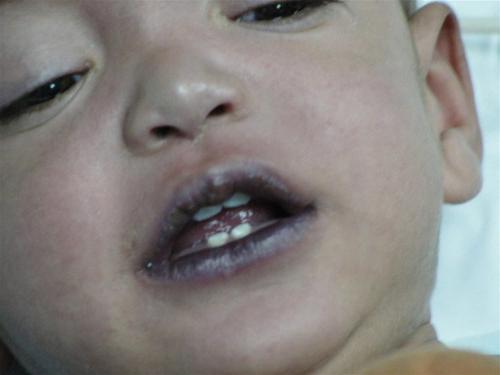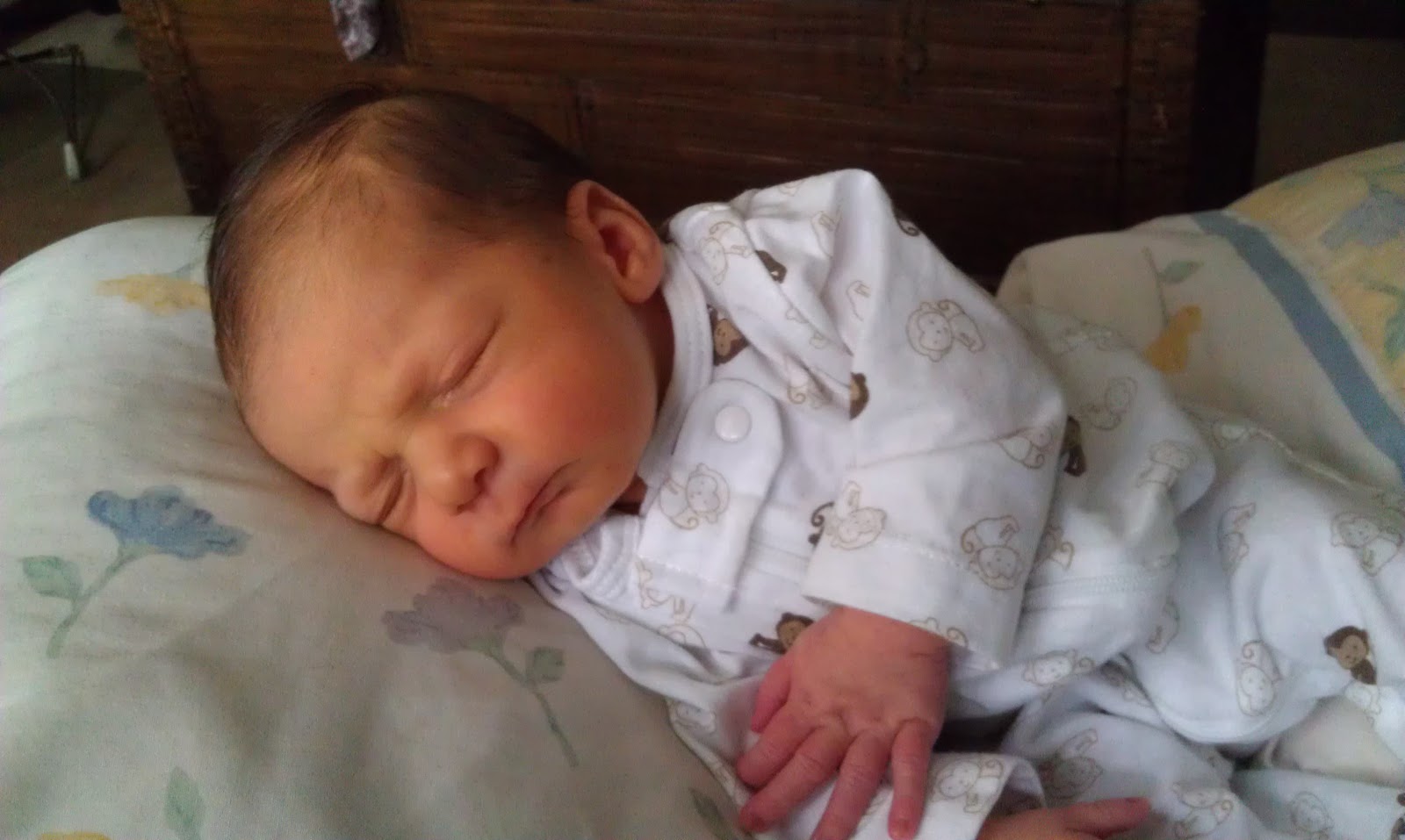46+ Cystic Hygroma Baby Pictures
Cystic Hygroma Baby Pictures. Many times, it causes a miscarriage. Cystic hygroma (ch) is a cluster of cysts in the lymph drainage system that usually affects the head and neck of children (fetuses and newborns to age 2 years).

A cystic hygroma can cause you to make too much or too little amniotic fluid, which can put your unborn baby at risk. In the fetus, a cystic hygroma can progress to hydrops (an. (21) reported developmental retardation in 60% of cases
dalle vinyle adhesive imitation carreaux de ciment deco chambre blanche et rouge deco chambre rose poudre deco salon taupe blanc
Cross Healed Hearts Easton's Story
The unborn baby girl was diagnosed with both cystic hygroma and hydrops fetalis. A happy ending after a cystic hygroma diagnosis july 30, 2009. Cystic hygromas aren’t treated while the baby is in the womb. A cystic hygroma is a type of birth defect.

When a cystic hygroma goes away, the developing baby’s chance for survival improves. Babies with one of these syndromes have a 1% chance of surviving. Health concerns for both the developing baby and the pregnant woman. A cystic hygroma at 11 weeks of pregnancy is indicative of many potential complications. Cystic hygromas (lymphangiomas) are multiloculated cystic structures that are benign.

Following birth, the baby will be monitored closely to ensure that they can breathe normally. This leads to the formation of cysts, pockets of fluid beneath the baby’s skin, like big blisters. It typically grows as the child grows. When a cystic hygroma goes away, the developing baby’s chance for survival improves. Symptoms and signs include the appearance of.

Picture of cystic hygroma (lymphangioma) of the neck in an infant. A cystic hygroma is the result of toxins being unable to leave the baby’s body. They will indicate whether an abnormality exists. The cause is unknown but may be related to genetic changes in the fetus. A baby with no other health problem and a small cystic hygroma will.

Our baby’s spanned from its head to its butt, and the counselor counted about three of them. It is a congenital defect that can affect any part of the human body but it in most cases affects the neck and head. It thereby affects babies and not the adults. Picture of cystic hygroma (lymphangioma) of the neck in an infant..

In the fetus, a cystic hygroma can progress to hydrops (an. In this article, we look at the causes of cystic. The cause is unknown but may be related to genetic changes in the fetus. A baby with no other health problem and a small cystic hygroma will be observed by ultrasound every three to four weeks. (21) reported developmental.

Will the cystic hygroma go away? It is more likely to go away when the cystic hygroma is small and seen before 14 weeks gestation. A baby with no other health problem and a small cystic hygroma will be observed by ultrasound every three to four weeks. This leads to the formation of cysts, pockets of fluid beneath the baby’s.